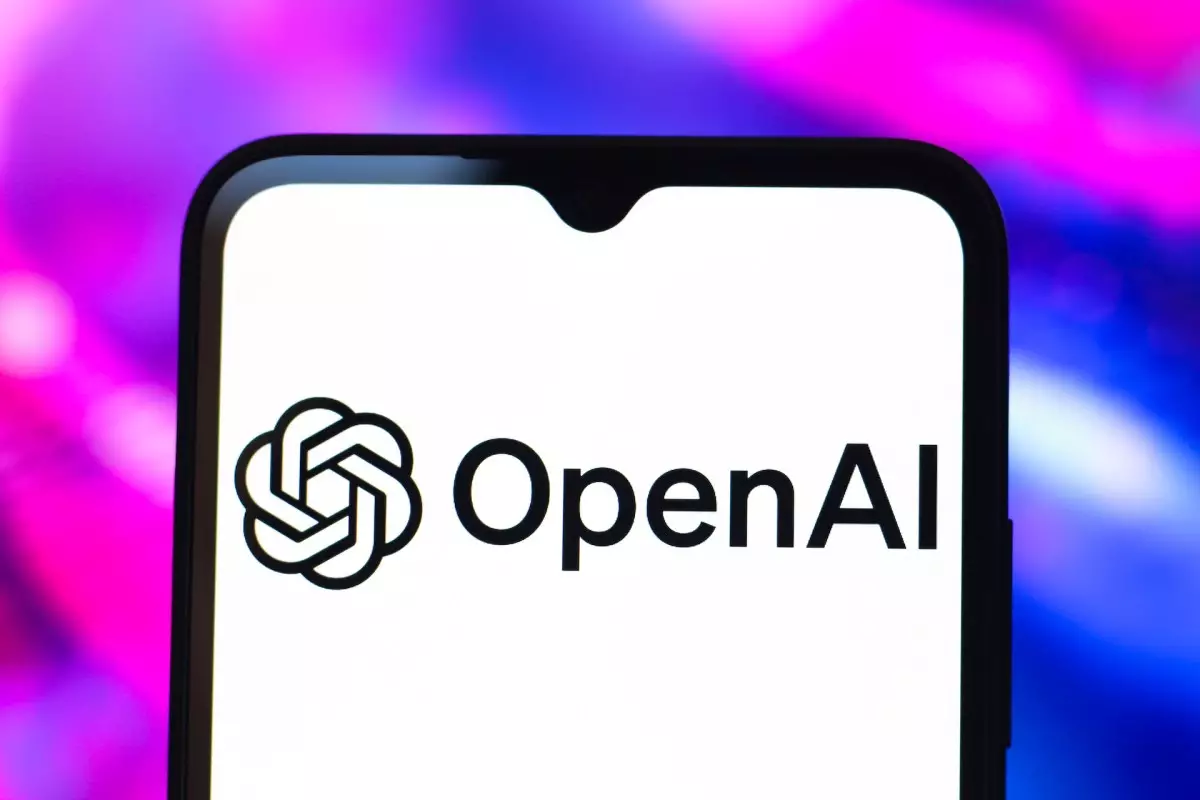In the fast-evolving landscape of artificial intelligence, users and developers alike are hungry for genuine performance metrics. When OpenAI launched its o3 model in December, they promised an impressive capability: over 25% correct answers on the notoriously difficult FrontierMath challenge. This dazzling figure stood in stark contrast to the competition, whose best efforts yielded a mere 2% success rate. However, as the dust settles, an unsettling shadow looms over these claims, raising significant questions about transparency and the integrity of performance assessments in the AI community.
The Disparity Uncovered
Epoch AI, a research institute dedicated to evaluating AI systems, recently published its own findings regarding the o3 model. According to Epoch, OpenAI’s o3 only scored about 10% on their tests, far below the company’s initial claims. Herein lies the crux of the matter: if Epoch AI’s methodology diverged from OpenAI’s, does it mean the results are fundamentally flawed, or is it indicative of a broader issue of benchmarking reliability in the industry? This divergence raises pertinent concerns about how AI models are evaluated and the marketing claims that accompany them.
While it’s easy to jump to conclusions and accuse OpenAI of dishonesty, it’s essential to appreciate the nuances of the situation. OpenAI’s published performance metrics could reflect a lower-bound score, which aligns with Epoch’s findings. However, they do not provide the complete picture—an internal version of o3 might still outperform what is available to the public. This ambiguity calls into question whether the performance indicators being touted are the most relevant metrics for consumers or developers seeking to utilize these technologies practically.
Understanding Benchmarking Variability
One major takeaway from this debacle is the understanding that benchmarking in AI is not as straightforward as it may seem. The Epoch research indicated that there were differences in test settings and versions of FrontierMath employed during evaluations. For instance, OpenAI claimed its tests utilized a more powerful internal configuration and employed different problem sets, skewing the results. Such discrepancies beg the question of standardization in testing—a crucial factor that could significantly impact how AI performance is measured and understood.
The information provided sheds light on a broader trend: the marketing strategies utilized by AI companies can lead to inflated expectations among users and developers. It is vital for the AI industry to adopt more robust and standardized benchmarking practices, ensuring that results are presented with clarity. Companies must prioritize transparency over sensationalism to build genuine trust and foster a more informed user base.
Implications for Stakeholders
For developers and companies integrating AI solutions like OpenAI’s o3 into their operations, understanding the context behind benchmark results is imperative. The discrepancies illustrate a growing need for due diligence when interpreting performance metrics. This becomes especially crucial as organizations compete for market position amidst a crowded and rapidly changing environment.
Moreover, the revelations surrounding OpenAI’s o3 model serve as a compelling reminder for consumers to foster a critical mindset. Benchmarks, while useful, should not be accepted at face value—particularly when the company behind them has a financial interest in the results. Active scrutiny and a demand for clearer information from AI developers are essential to ensuring that stakeholders can make informed choices regarding their technological investments.
A Cautionary Tale for the AI Community
As the AI sector matures, it’s becoming evident that benchmarking controversies are not unique to OpenAI. Other companies have faced similar accusations, with claims of misleading metrics resulting in tarnished reputations and consumer distrust. The recent missteps by organizations such as Elon Musk’s xAI and Meta emphasizes the necessity of scrutinizing AI claims carefully; as artificial intelligence becomes ever more integral to various sectors, the stakes are sky-high.
Ultimately, the saga surrounding OpenAI’s o3 highlights a fundamental challenge: as benchmarks increasingly influence perceptions of AI capabilities, the industry must navigate the fine line between marketing prowess and ethical responsibility. Moving forward, transparency and honesty in presenting AI performance metrics will be critical, not only for company accountability but also for fostering a positive and sustainable AI ecosystem.

